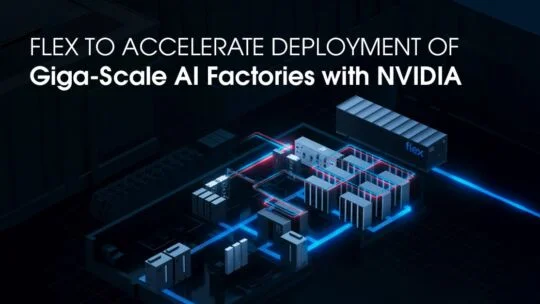
The power demands of data centers, especially for AI and machine learning applications, have increased dramatically. Designs are now emerging for racks that draw up to 1MW and beyond. By contrast, just a few years ago, a 10 kW rack was considered typical — enough to heat a small home in winter. Now, 100 times that power is being dissipated within a single 1MW 19-inch rack, which is enough to warm an entire shopping mall.

This surge in rack power is driven not only by higher processor consumption, but also by the desire to maximize compute density per rack. However, this introduces a fundamental challenge: more processing shelves and more power require larger AC/DC power supplies and battery backup systems, which compete for the same physical space. Currently, these AC/DC converters must reside within the rack due to their low-voltage (48V/54V DC) output, which necessitates close proximity to compute loads in order to minimize distribution losses. At some point, however, something’s got to give. It’s simply not feasible to continually increase rack size or shoehorn more power, cooling, and IT components into a limited space.




